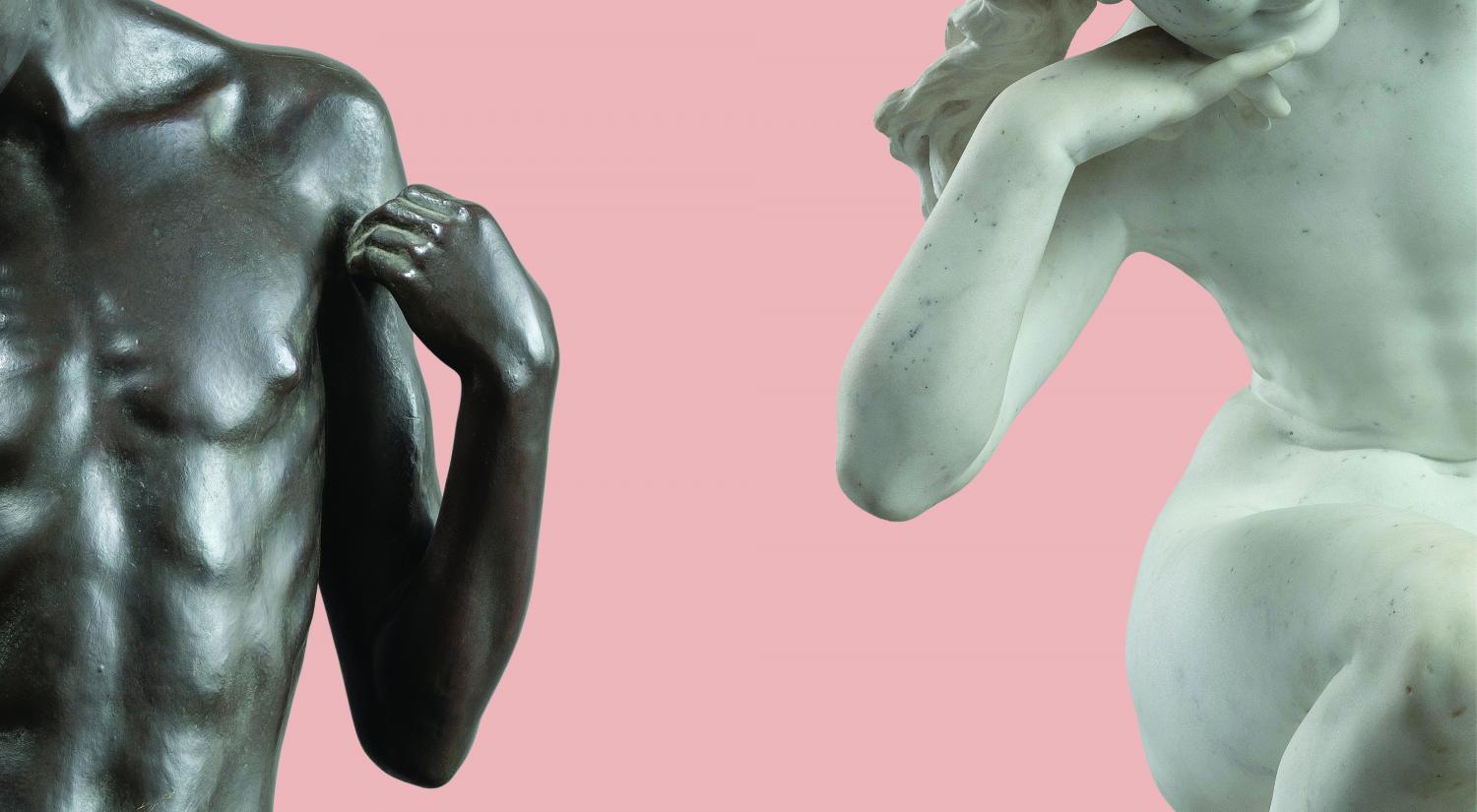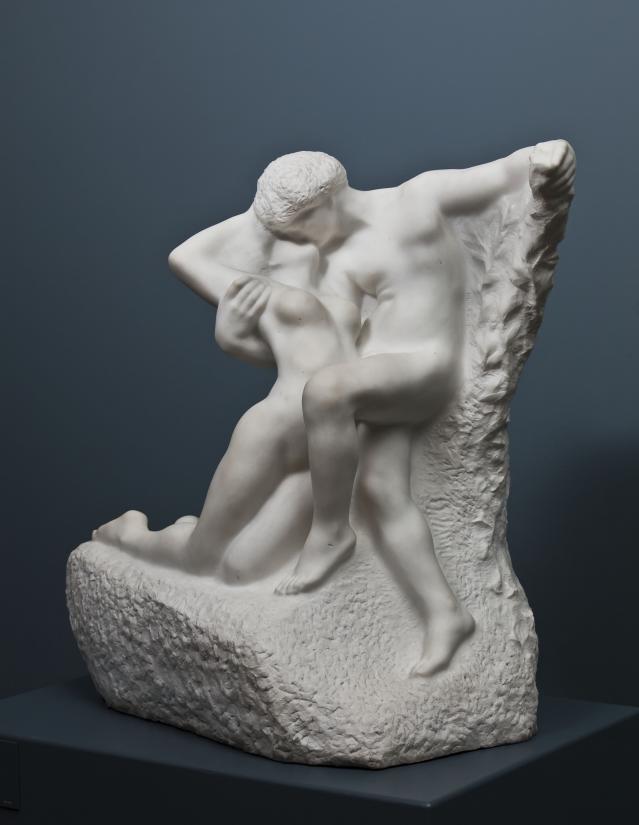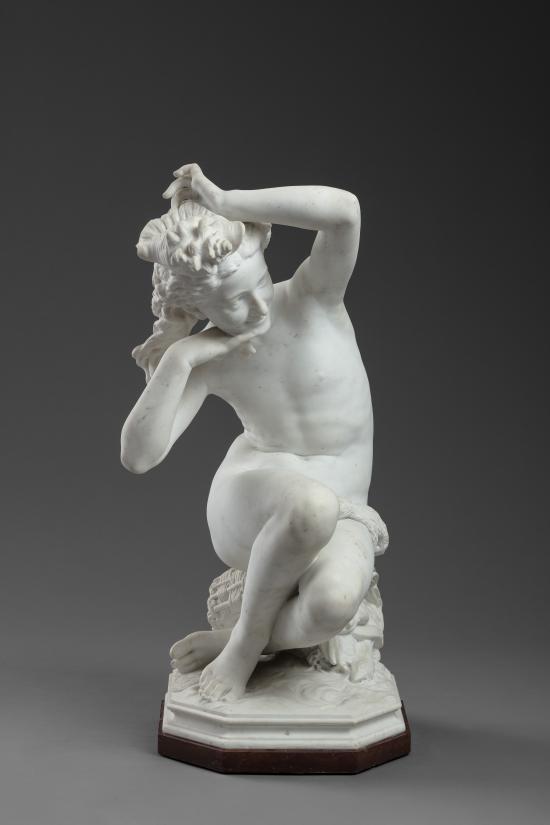The human body has been the favourite topic for sculptors ever since antiquity and into the 20th century, at which time sculpture became abstract and experimented with topics and form.
Ever since antiquity, sculptors have thus used the body as their main vehicle for expressing emotions and stories in relation to the universal themes of human life.
The exhibition ‘Perfect Poses?’ at the Glyptotek focuses on artists’ use of body language, movement and poses to tell stories of love, life and death, among other themes.
A common passion
French sculpture of the 19th century was a deeply felt passion for both Carl Jacobsen, founder of the Glyptotek, and Calouste Gulbenkian, founder of the Gulbenkian Museum in Lisbon. In the exhibition, the two collectors’ French sculptures are presented with an emphasis on the poses of the human figures.
The exhibition is both a unique meeting of two collections and an updated look at a period in sculpture history that has long been overshadowed by 20th-century modern art.
Figurative sculptures
The exhibition revolves around the specific poses and body language of the sculptures that are used to convey universal human messages.
This quality of figurative sculpture was a central component in Carl Jacobsen’s fascination with both ancient classical sculpture and contemporary figurative French sculpture.
Jacobsen considered the three-dimensional portrayal of the human body the most direct way to convey the human condition in art in a manner that can be grasped intuitively. Figurative sculpture can be experienced and understood by everyone, without requiring any prior knowledge or understanding of art history. In the exhibition we rediscover Jacobsen’s passion with a particular focus on the role of the figures’ poses.
Lisbon – Copenhagen
The exhibition is the result of a unique collaboration between the Glyptotek and the world-renowned art museum Museu Calouste Gulbenkian in Lisbon. The two museums have much in common, including that they were both founded by a passionate collector with a passion for figurative sculpture and its ability to convey the grand human narrative. By presenting the two collections side by side the exhibition gives the audience a unique opportunity to experience the works from the two collections in a new and fascinating interplay.
The exhibition was shown over the winter at the Gulbenkian museum and remains on display at the Glyptotek until 16 June 2019.





